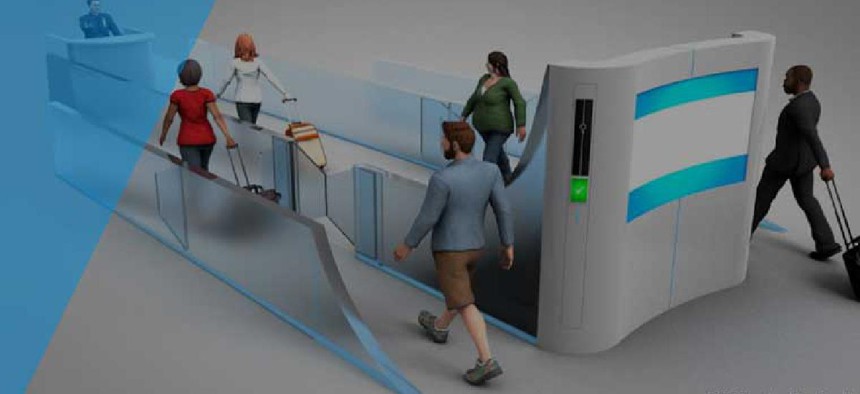Pushing for better biometric algorithms
To help vendors improve their facial recognition technology, the Department of Homeland Security held a competition to find the best facial recognition technology.
To help vendors improve their facial recognition technology, the Department of Homeland Security’s Science and Technology Directorate held an event in which 11 technology providers competed against each other to determine who has the best facial recognition technology for DHS use cases.
In the 2018 Biometric Technology Rally, NEC and Gemalto, which participated under code names Crestone and Castle respectively, came out on top, with the two highest scores for efficiency, effectiveness and customer satisfaction.
Rally participants were given a gallery of approximately 3,000 pictures of about 300 people to work with in a scenario designed to approximate people going through a facial recognition checkpoint at an airport. Contestants were measured on average transaction time, failure rate to acquire or process an image, percent of satisfied customers and the effectiveness of providing the correct identity in a given time interval.
NEC tested its NeoFace Express solution, which is being used in pilots of the Custom and Border Protection’s Traveler Verification Service. That service compares international travelers’ photos captured by CBP at airports with photos from visa and passport images associated with the flight manifest.
Benji Hutchinson, vice president of federal operations in NEC’s Advanced Recognition Systems Division, said the test was useful in helping the company see how its technology stacks up against the competition and what government is looking for in a solution.
“We see these government-funded testing efforts as a good indicator of how the technology that we build and field is being received by different parts of the federal government,” Hutchinson said. “In this case, DHS S&T generated some interesting metrics to measure the market participants."
Gemalto tested its Live Face Identification System in the rally. LFIS matches specific faces to those in different environments such as a large sports arena, railway station or airport.
“In a video surveillance situation, you are looking for people who you have already determined that you want to make sure that they don’t go into a certain facility,” said Neville Pattinson, Gemalto's senior vice president for federal government sales. “You are looking for the exceptions to normal activity.”
In a one-to-one testing environment, both companies had a failure rate of acquiring images of less than one percent within 20 seconds.
The 2018 Biometric Technology Rally was S&T’s first experiment testing different technology solutions against each other, but more rallies are planned to inform future applications of the technology for DHS components.
The rally also measured efficiency, effectiveness and user satisfaction metrics of iris recognition systems. The results of the 2018 Biometric Technology Rally can be found here.





